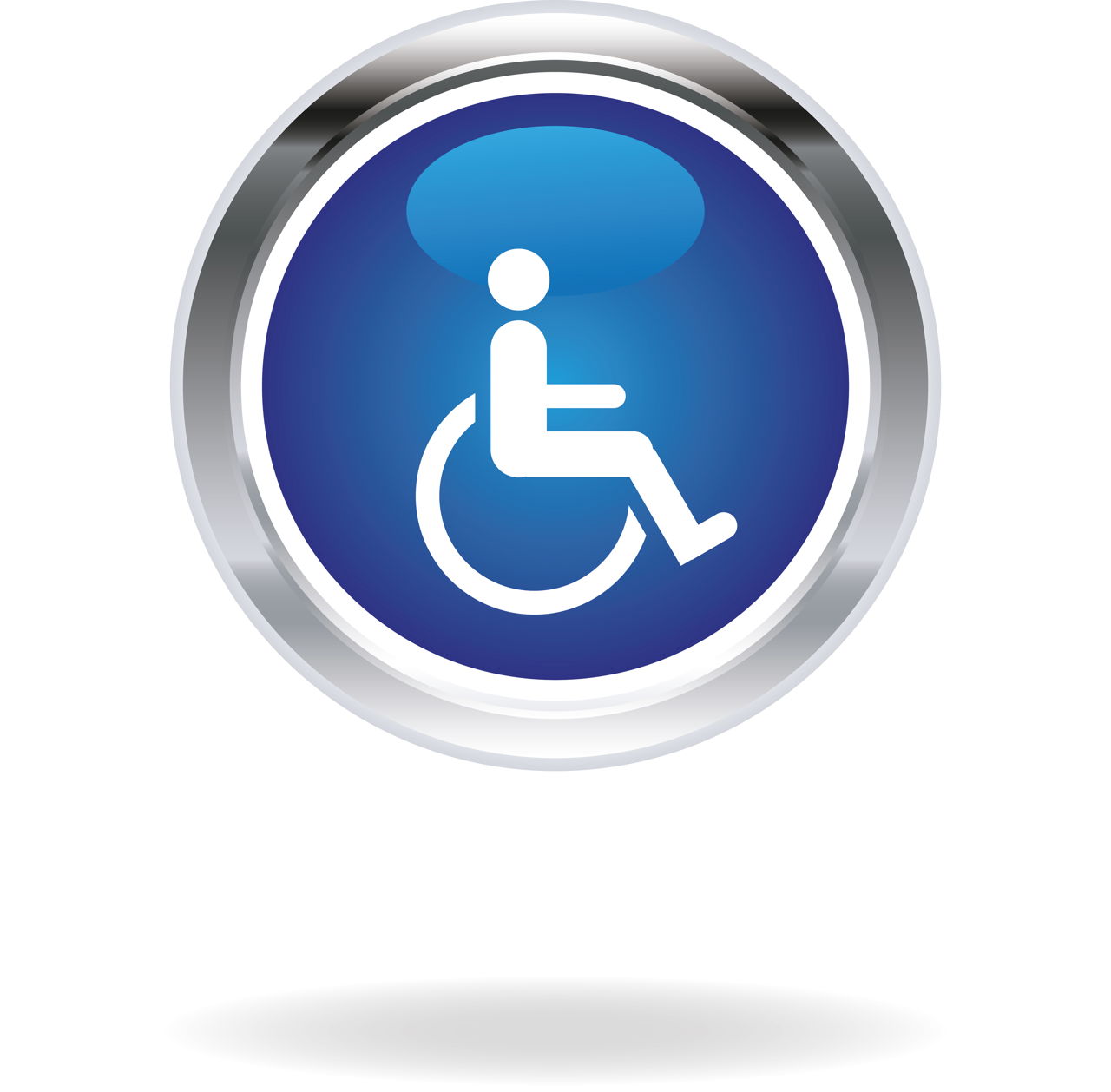
Friedreich’s ataxia is an inherited disease, that causes a failure in muscle coordination which results in an unsteady gait and imbalance of limb or eye movements, and abnormal speech. To know more about Friedreich’s ataxia, its symptoms and treatment, read on.
Friedreich’s ataxia causes progressive damage to the nervous system by degenerating the nerve tissue in the spinal cord and the nerves that control the muscle movement in the arms and legs. Due to this, the spinal cord gets thinner and nerve cells also lose some of their myelin sheath. The disorder is termed after the German physician, Nikolaus Friedreich, who traced the condition in the 1860s.
Friedreich’s Ataxia is caused when there is a deficiency of the protein frataxin, for which X25 (gene located on the ninth chromosome) provides the code, in the tissues. This causes the degeneration of the nerve cells within the tissues of the spinal cord, brain, heart and pancreas. Hence, reducing the nerve signals to the muscles.
Symptoms
The signs and symptoms for Friedreich’s ataxia usually begin at the age of 5 years. Some of the symptoms are as follows.
- Gait ataxia or abnormality in walking
- Foot deformities like hammer toes, clubfoot, flexion (involuntary bending) of the toes, or foot inversion
- Dysarthria (slowness and slurring of speech)
- Rapid and involuntary movements of the eye (nystagmus)
- Scoliosis (curving of the spine to one side)
- Chest pain, shortness of breath, heart palpitations and tachycardia (fast heart rate)
- Clumsiness and reduced muscle coordination
- Cardiomyopathy (enlargement of the heart), cardiac failure, or myocardial fibrosis (formation of fiber-like material in the muscles of the heart)
- Development of carbohydrate intolerance and diabetes mellitus
- Hearing and vision problems
- Partial loss of sensitivity to pain and temperature
Diagnosis
The doctors diagnose Friedreich’s ataxia by conducting a careful clinical examination, which involves a medical history and an in-depth physical examination. The tests conducted include:
- Electromyogram (EMG) evaluates the electrical activity of muscle cells
- Nerve conduction examinations assess the speed with which nerves transmit impulses
- Electrocardiogram (ECG) provides a graphic presentation of the electrical activity or beat pattern of the heart
- Magnetic resonance imaging (MRI) or computed tomography (CT) scan gives a picture of the brain and spinal cord
- Use of spinal tap to measure the cerebrospinal fluid
- Blood and urine tests for evaluating elevated glucose levels
- Genetic testing detects the affected gene
Treatment
The treatment for Friedreich’s ataxia depends on controlling the symptoms and maintaining general health, since there’s no complete cure for it. Antioxidants such as Vitamin E and coenzyme Q10 are usually prescribed to the patient, as the disease is linked with free radical damage to the cells. Amantadine (an antiviral and antiparkinsonian drug) provides restricted improvement in the ataxic symptoms, but generally it is not recommended to patients with cardiac abnormalities.
Physical therapy and counseling may be used to maintain the range of motion in the weakened muscles. Adaptive techniques and devices like walking aids or wheelchairs are designed to compensate for the loss of coordination and strength. Orthopedic interventions such as braces can be considered for scoliosis and foot problems.
Safety is the most important factor to be considered for the patient as there is a loss of balance and sensation. Safety measures like walkers, use of railings and other appliances should be used. The protection of body parts from any type of injury may include: testing bath water to prevent burns, use of protective shoes, helmets and visual inspection of the body parts to check for injuries.
The Friedreich’s ataxia disorder develops in a child only through a recessive inheritance pattern i.e. when a child receives the defective gene from both parents. In the United States, approximately 1 out of every 100 people is a carrier of the Friedreich’s gene defect, and 1 of every 50,000 is affected with the disorder.
Disclaimer: The information provided in this article is solely for educating the reader. It is not intended to be a substitute for the advice of a medical expert.


